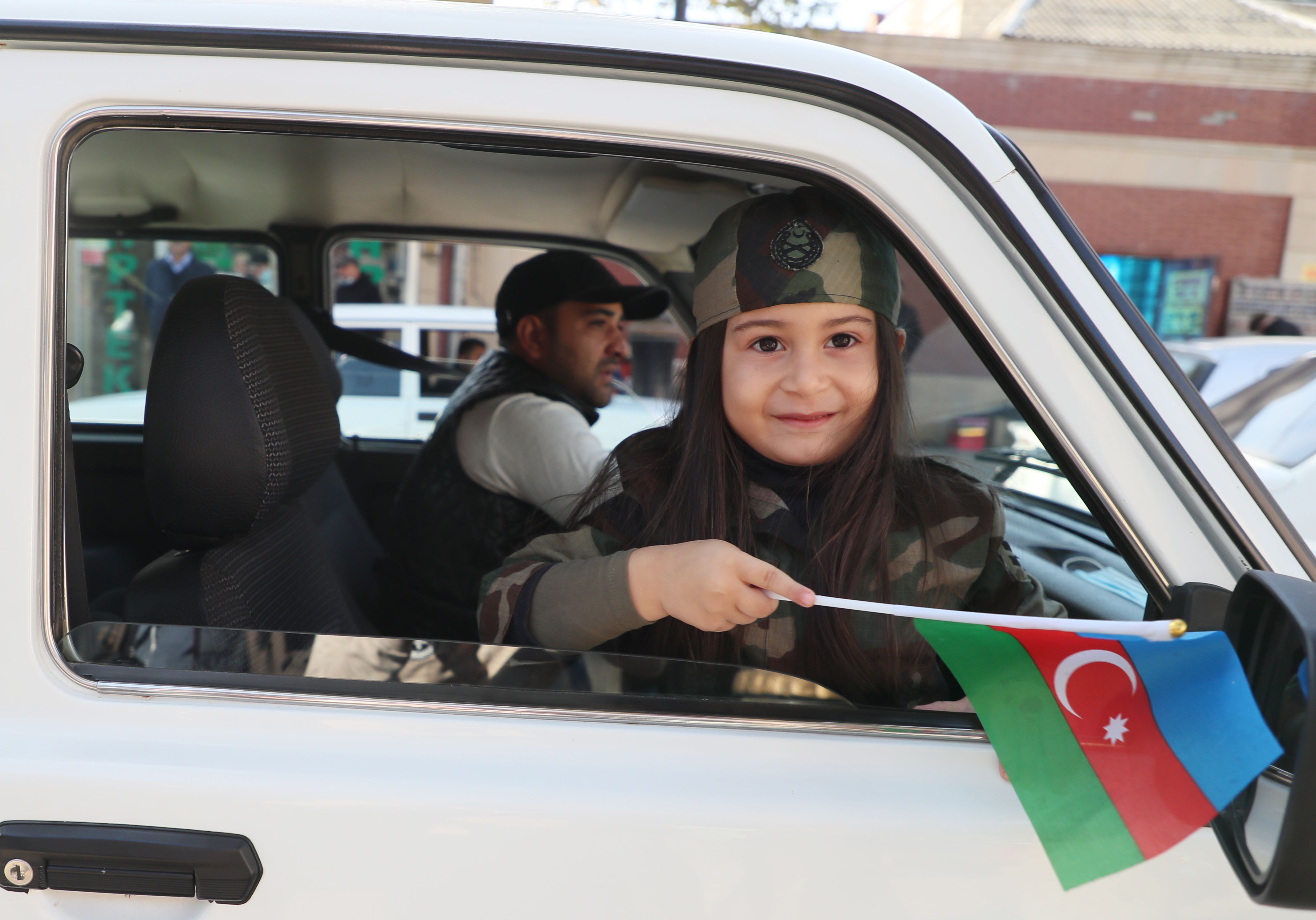Truce in Nagorno-Karabakh

Under what conditions was the truce concluded?
At the end of September, Azerbaijan launched an offensive into Armenia-controlled Nagorno-Karabakh (NK), occupying around 30% of its territory. On 9 November, Azerbaijani troops captured the strategically located city of Shusha, opening their way deeper into NK. Pushed to the defensive, Armenia—faced with the possibility of losing full control over NK—was forced to accept the truce negotiated as a result of trilateral diplomatic talks with Azerbaijan and Russia on the same day.
What is the agreement?
Azerbaijan will keep the southern part of the NK occupied during the offensive. In addition, it will recover the so-called NK safety belt—seven Azerbaijani districts occupied by the Armenians during the war in 1992-1994—and will also obtain a territorial corridor connecting the main territory of Azerbaijan with Nakhichevan. Armenia will retain control over about 25% of the territory of the NK and the Lachin Corridor connecting the NK and Armenia. However, the status of these areas is to be resolved in the future in line with the principle of Azerbaijan’s territorial integrity, probably without considering the principle of self-determination of Armenians in the NK. The implementation of the agreement is guaranteed by the Russian military, which started dislocating into NK shortly after the conclusion of the agreement. The troops are to stay there for five years, with the possibility of an extension in 5-year increments. In addition, a ceasefire control centre will be established.
What are the likely consequences of Armenia’s losing the war on its internal situation?
The agreement is Armenia’s capitulation, although it allows the country to maintain control over part of NK, which would probably be impossible if the Azerbaijani offensive had continued. The Armenian public, though, rejects the terms of the truce. After its conclusion, violent demonstrations broke out in the capital, Yerevan. The truce probably lead to the loss of power by Prime Minister Nikol Pashinyan and destabilisation of the political situation in the country. The undermining of the agreement will become the basis of Armenian domestic and foreign policy, as it does not end the Armenian-Azerbaijani conflict, which is both a dispute over the control of NK and ethnic conditions. Armenia will not be able to resume military operations or change the new status quo to its advantage due to Azerbaijan’s military advantage and the presence of Russian peacekeepers in NK.
How will the truce affect Azerbaijan?
The agreement is a success for Azerbaijan as it legally sanctions the incorporation of most of the territory of NK and gives it a chance to fully take control over it in the future. Thanks to the territorial corridor to Nakhichevan, Azerbaijan will also gain a land connection with allied Turkey. The favourable terms of the truce will strengthen the mandate of the ruling president, Ilham Aliyev, and the ruling elite in Azerbaijan. The agreement limits the losses Azerbaijan would have had to suffer if the offensive continued. In addition, the fighting released social pressure in the country pent up mainly by the many years of unsuccessful efforts to regain control over NK, and recently exacerbated by internal problems such as the COVID-19 pandemic and its economic consequences.
What will the international consequences of the conflict be?
The agreement proves Russia’s key role as the main mediator in the conflict over NK and a state able to put pressure on both parties. The terms of the truce further strengthen Russia’s ability to put political pressure on Armenia and Azerbaijan because Russian troops will guarantee the functioning of transport corridors from Armenia to the NK and from Azerbaijan to Nakhichevan. As a result of the Azerbaijani offensive, Turkey strengthened its influence in the Caucasus by supporting Azerbaijan, consolidating the alliance of the two countries. However, the truce assumes Turkey’s participation in stabilising the situation in NK only as an observer, through its participation in the ceasefire control centre. Although the content of the agreement reflects the rules for settling the conflict previously negotiated within the OSCE Minsk Group (the so-called Madrid principles), it will eventually be marginalised as a result of the truce.


